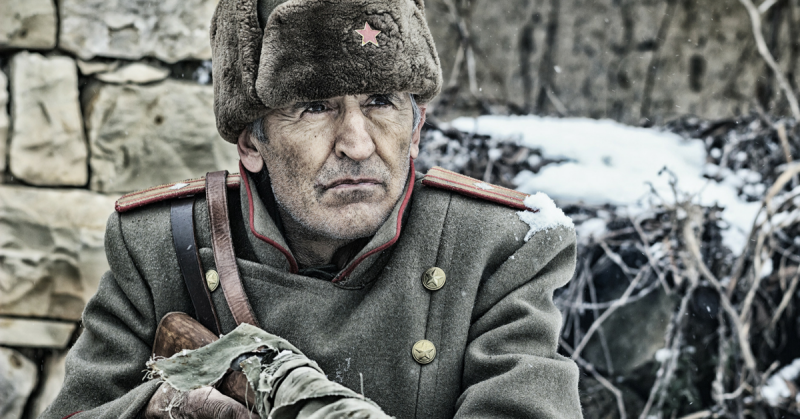The name of the leader of the Third Reich became a household name. It is associated with numerous crimes against humanity. However, few people know that another man with the surname Hitler received one of the Soviet Union’s significant awards for his military service during the Second World War.
On August 14, 1941, the commander of the Tiraspol machine-gun battalion at the fortified fortress Zakharchenko faced a difficult task. He had to give his superiors a list of awards, but the list contained a surname unusual for Soviet soldiers: Hitler. After much debate, the decision was made to reward Private Semyon Hitler.
According to some sources, his surname was spelled Gitler in English. It is worth considering that both Gitler and Hitler have a similar translation into Russian (“Гитлер”) so the English spellings make no difference to the Russians in writing and pronouncing these surnames.
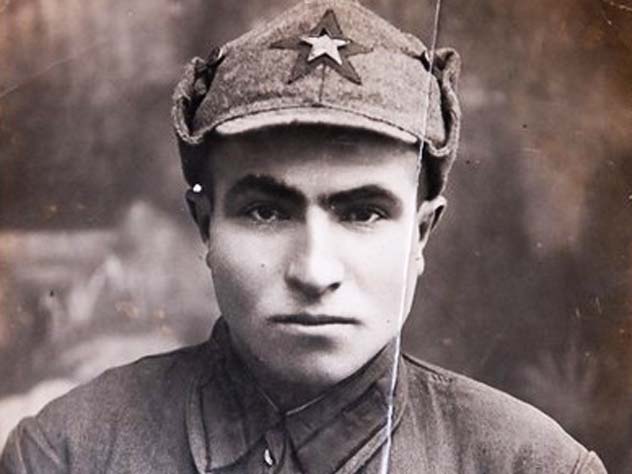
Having decided not to let the name coincidence affect the young private’s award nomination, on September 9, 1941, Lieutenant-General Georgy Pavlovich Sofronov, commander of the Primorsky Army, signed the reward list. It awarded a medal “For Bravery” to Private Hitler Semyon Konstantinovich. The award sheet described his feat:
“As a gunner of a machine gun, he supported the advance of his platoon with fire. Once surrounded and wounded, Comrade Hitler fired until he spent his ammunition. After that, without abandoning the weapons, he got to his soldiers and in total destroyed more than a hundred soldiers of the Wehrmacht.”
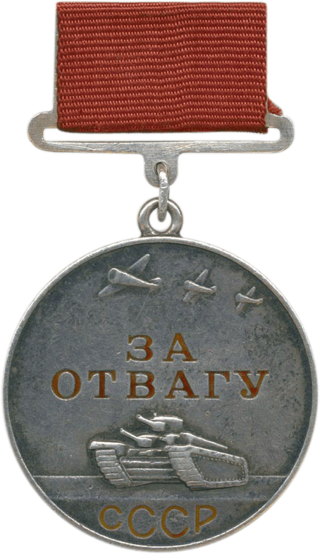
Ironically, Semyon Konstantinovich Hitler represented the Jewish nationality the Germans sought to destroy. Semyon Hitler was born in 1922 in the Khmelnitsky region of Ukraine in the village Orinin. After he came of age, he joined the Red Army and was trained in a machine-gun school in the Odessa Military District.
The feat of Semyon Hitler
In 1941, Semyon was only 19 years old. At that time he was a member of the 73rd machine gun battalion located in the fortified area on the left flank of the western border of the Soviet troops. Semyon’s post was located on what his award document calls “the height 174.5.”
In June 1941, the Tiraspol was fortified with 284 defensive structures: 262 machine gun posts and 22 artillery structures. The total length was about 93 miles along the front and 2.5-3.7 miles in depth. Two overflowing rivers, the Dniester and Turunchuk, were natural barriers that helped fortify the defenses further. Along sections of these rivers, the fortifications were only .6-1.9 miles deep.
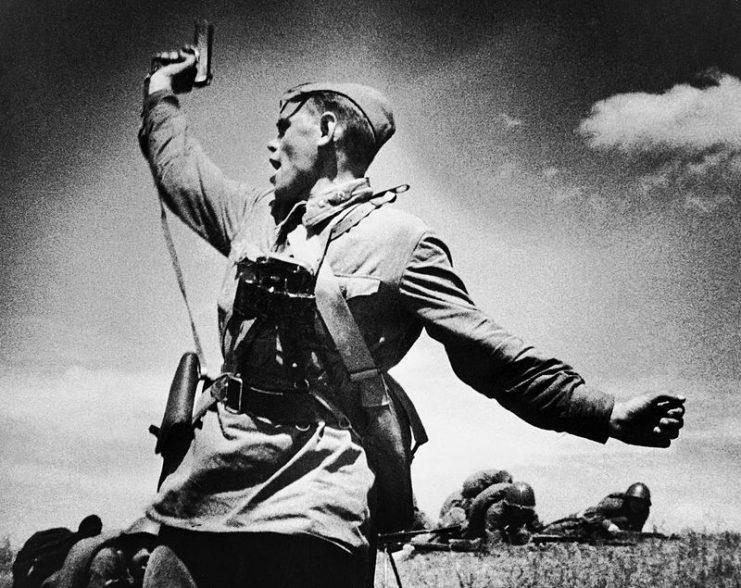
On July 20, 1941, fierce battles occurred near Semyon’s post. Then on July 25-26, the Germans successfully crossed the Dniester River and broke through the Soviet defenses. Many Soviet soldiers began to retreat, and the Germans surrounded Dot, where Semyon Hitler was.
Initially, Semyon’s platoon retreated to a safe distance and attempted to repulse the hill under covering fire. However, the Germans soon broke into their rear and surrounded Seeds. An excerpt from Semyon’s award document says:
“Wounded comrade Hitler with his machine gun remained alone among the enemy, but he did not lose his head, but fired until he spent all his ammunition, and then, at a distance of 10 km [6.2 miles], crawling among the enemy, with a machine gun returned to his unit.”
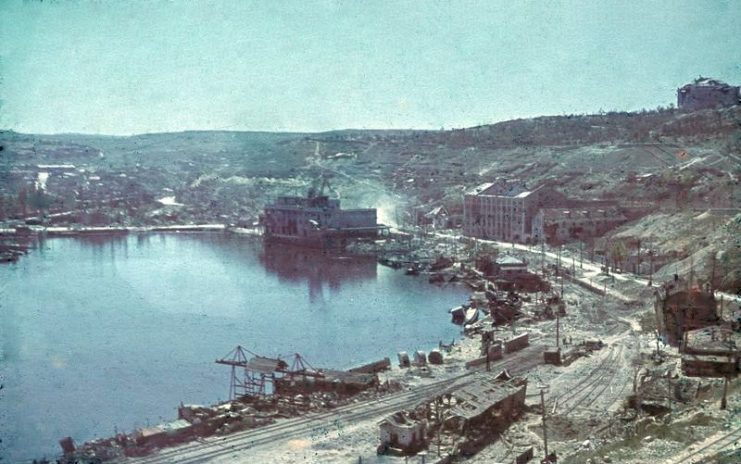
Semyon managed to return to his unit and continue the fight. Later, he took part in the defense of Odessa and died on May 3, 1942, in the battles for Sevastopol. The feat of Semyon Hitler, as well as a number of other Soviet exploits, raises doubts–there is a possibility that some of the events were embellished. Even so, the identity of this soldier is real enough.
The award sheet with its description of the feat and biographical data testifies that a medal for courage was awarded to Semyon Konstantinovich Hitler, but elsewhere in the document the letter “r” in the surname Hitler was changed to the letter “v”.
Military historians consider there are two possible reasons for this. The first is that it was an attempt to rid the hero of a name that was hateful to everyone, and the second is that it was a banal misprint.
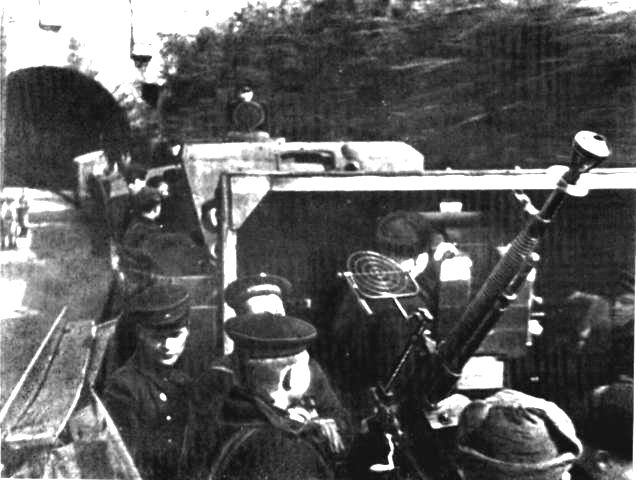
After the liberation of the Khmelnytsky region, the surviving relatives of Semyon Hitler changed their surname. Just as in the award document, the letter “r” became the letter “v”. After some time, the Gitlev (or Hitlev) family immigrated to Israel.
Family members told the story that after their village was captured by the Germans, the residents were sent to labor camps. When the German commandant checked the Hitlers’ documents, he was afraid to send a family with the surname of the Fuhrer to the ghetto. The surname kept them alive.
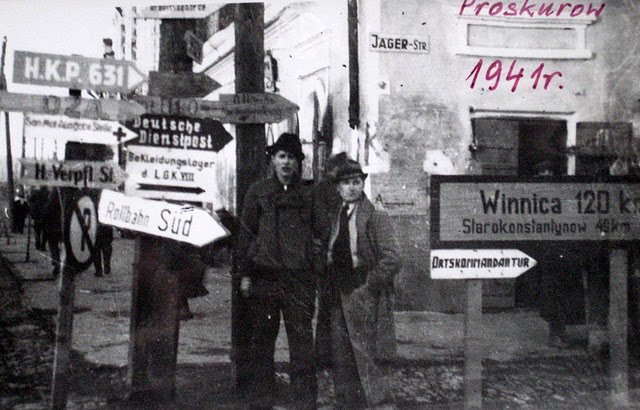
Read another story from us: Russian Audie Murhpy – Mikhail Kuyukov: Hero of the Soviet Union
According to the Russian database, “Feat of the People,” during World War II (called the Great Patriotic War in the USSR) more than 45 people with the surname “Bormann,” 34 people with the surname “Goering,” 71 people with the surname “Müller,” and 18 people with the surname “Hess” were also awarded medals.
